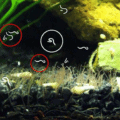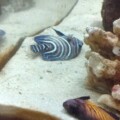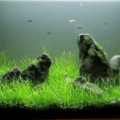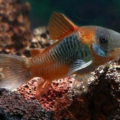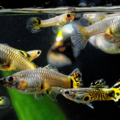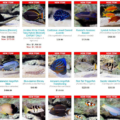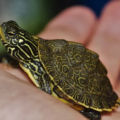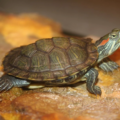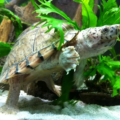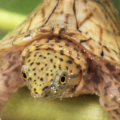The Yellow-Bellied Slider is an active, long-lived turtle with bold yellow markings. Come learn about its care, diet, habitat and much more to keep this freshwater pet thriving!
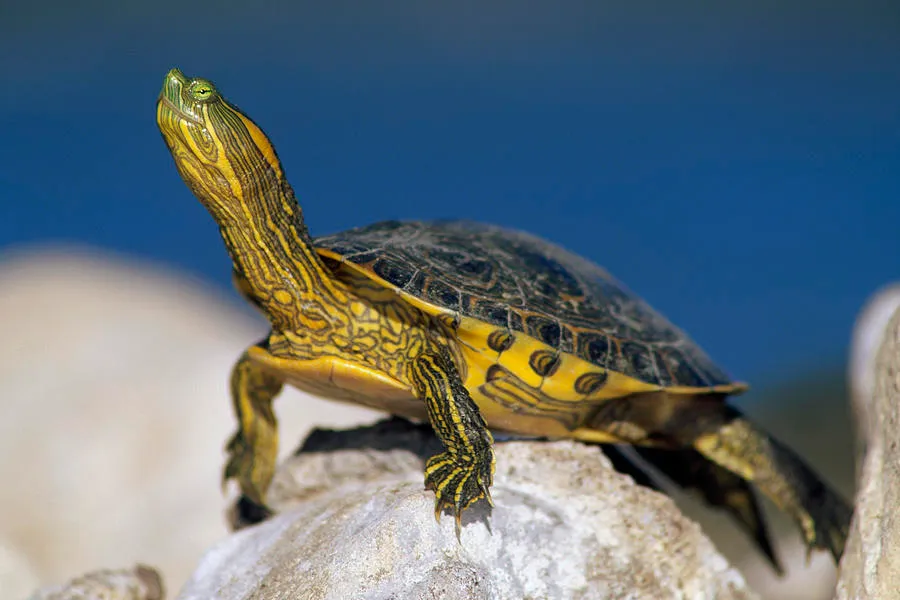
Introduction
The Yellow-Bellied Slider is a freshwater pet turtle species known for its striking yellow plastron, patterns, and lively personality. This semi-aquatic turtle is popular among both beginner and expert turtle keepers because of its inquisitive nature, long lifespan, and adaptability.
Proper Yellow-Bellied Slider turtle care is important to promote a long and healthy life!
In this Trachemys scripta scripta overview, we’ll explore everything you need to know about caring for these energetic turtles—from setting up an ideal habitat to ensuring a well-balanced diet and maintaining their health over the years.
Author’s Note: Check out our post The 14 Types of Freshwater Turtles for even more great semi-aquatic pets!
Designing the Ideal Enclosure for a Yellow-Bellied Slider
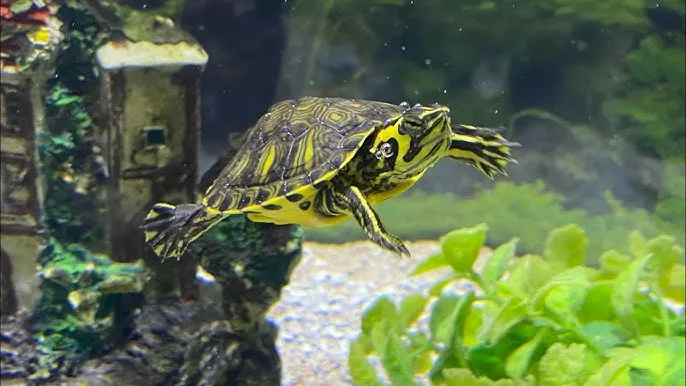
How you design your Yellow-Bellied Slider tank setup is very important because if it is poorly done, it can make your turtle stressed or at danger of injury. That’s why you need to get it right, and here’s how to do that, up next.
Tank Size Recommendation
To swim comfortably, an adult Yellow-Bellied Slider needs about 75-100 gallons of water and a depth of 10-12 inches.
When you use a deep and wide tank, it mimics the Yellow-Bellied Slider’s natural environment, keeping it active and stress-free. When your turtle reaches full size, you may switch to an outdoor pond for a more natural and spacious habitat.
Basking Platform & Lighting
Proper turtle basking and lighting needs include a sturdy basking platform and UVB lighting to support healthy shell and bone development. Keep the basking area temperature at 85-90°F and the water temperature at 75-80°F.
Filtration & Water Quality
You need strong biological filtration to maintain a freshwater turtle habitat care because the Yellow-Bellied Slider produces a lot of waste. Use a canister filter to keep the water clean and reduce frequent maintenance.
Tank Décor
To make your tank look more natural, add driftwood, rocks, and aquatic plants. Adding smooth rocks provides extra climbing and basking areas for your turtle.
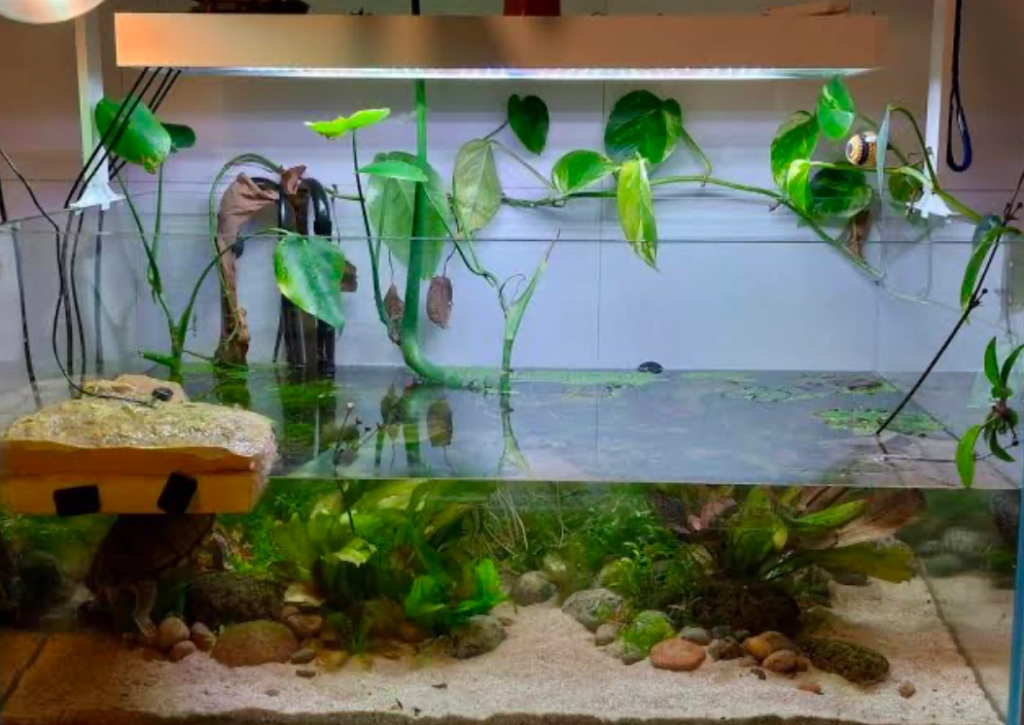
Recognizing the Behavior of Yellow-Bellied Sliders
Learning Yellow-Bellied Slider behavior traits will help you understand and care for your turtle better, mak8ng this upcoming section crucial.
Personality Traits
Yellow-Bellied Sliders are inquisitive and social. Most times, they’ll swim towards you, especially when it’s feeding time. They can recognize you and may even follow your movement outside the tank. That tells you how super smart and interactive they are.
Put new objects in their tanks and have fun watching them explore and investigate.
Author’s Note: Check out the 8 Best Toys for Pet Turtles to Play With for more ways you can interact with and stimulate your pet Turtle.
Activity Level
Yellow-Bellied Sliders have active freshwater turtle habits as mentioned. They love swimming and exploring, and that’s why their tank must be spacious. They spend time alternating between basking and swimming. So, if you notice that your yellow-bellied slider turtle is idle, it might be stressed or ill.
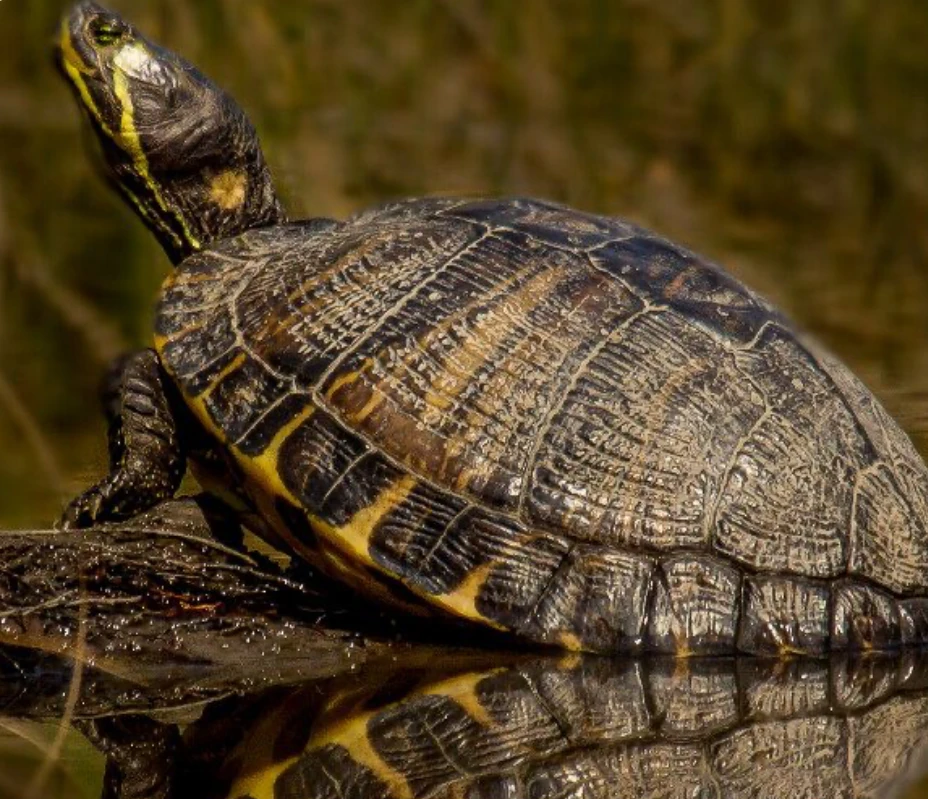
Although Yellow-Bellied Sliders are generally friendly, they can show territorial behavior when you keep them with other turtles, especially in small spaces. Sometimes, the males may become aggressive, especially if they’re competing for food and space.
When keeping multiple turtles, you need to understand your turtle’s personality in its aquarium. For instance, some yellow-bellied turtles may do well in groups, but each turtle has its own temperament. So be sure to allocate separate basking areas and hiding spaces to reduce conflicts.
Compatible Tank Mates for a Yellow-Bellied Slider
Knowing the tank mates that can coexist with your Yellow-Bellied Slider and those to be avoided in your aquatic turtle community setup is important for your turtle to thrive in a peaceful and balanced tank environment.
Best Companions
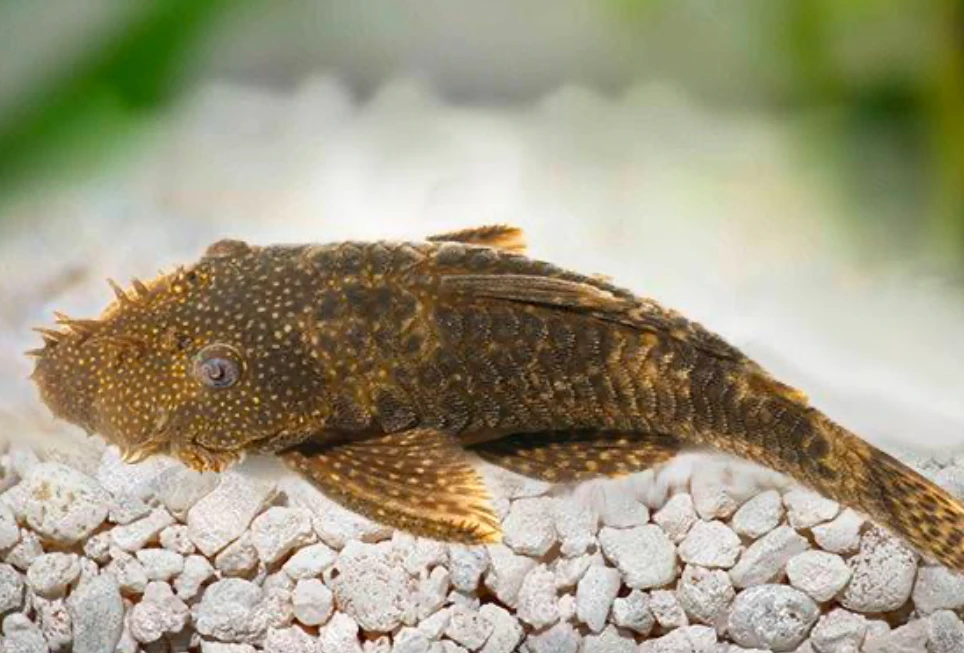
The best Yellow-Bellied Slider tank mates are larger, fast-swimming fish and hardy snails. Suitable companions include plecos, goldfish (in large setups), and catfish species.
Although apple snails and some crayfish species can coexist with sliders, make sure they aren’t small enough to be eaten.
Species to Avoid
Avoid housing your turtle with small fish or other turtles in small tanks to prevent aggression and potential predation. Don’t put in slow and delicate species that may become food or require drastically different water conditions.
Betta fish, guppies, and small tetras are not ideal companions.
Group Housing Considerations
Usually, female sliders tend to be less aggressive than males and may do better in shared environments. So, if you’re housing multiple turtles, make sure that you follow these turtle compatibility guide recommendations: a large tank with sufficient space, multiple basking areas, and strong filtration. Add extra hiding spaces to help minimize stress and prevent territorial disputes.
Word Of Caution: it is always best to house turtles alone to avoid predation on other pet fish species or your turtle getting hurt from interactions with its tankmates.
Nutrition & Feeding Guidelines for Yellow-Bellied Sliders
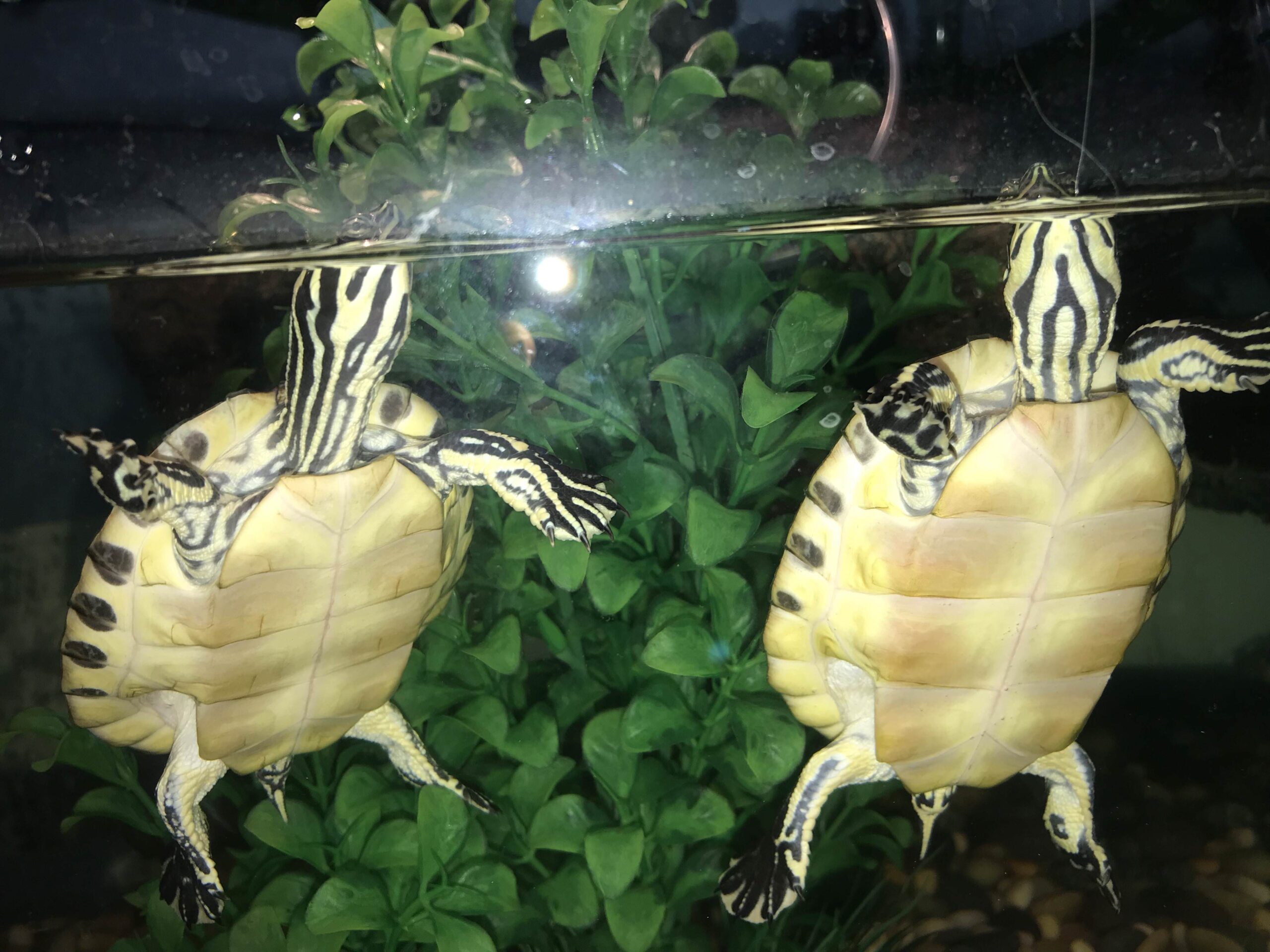
Providing a balanced diet for aquatic turtles like the Yellow-Bellied Slider is important for their growth, shell health, and overall longevity.
Diet Components
Are you wondering, “What do Trachemys scripta scripta eat?” Their diet should contain a mix of:
- Commercial Turtle Pellets
- Leafy Greens like kale, collard greens, and dandelion leaves.
- Vegetables like carrots and zucchini
- Occasional protein like insects, worms, and small amounts of cooked fish or shrimp.
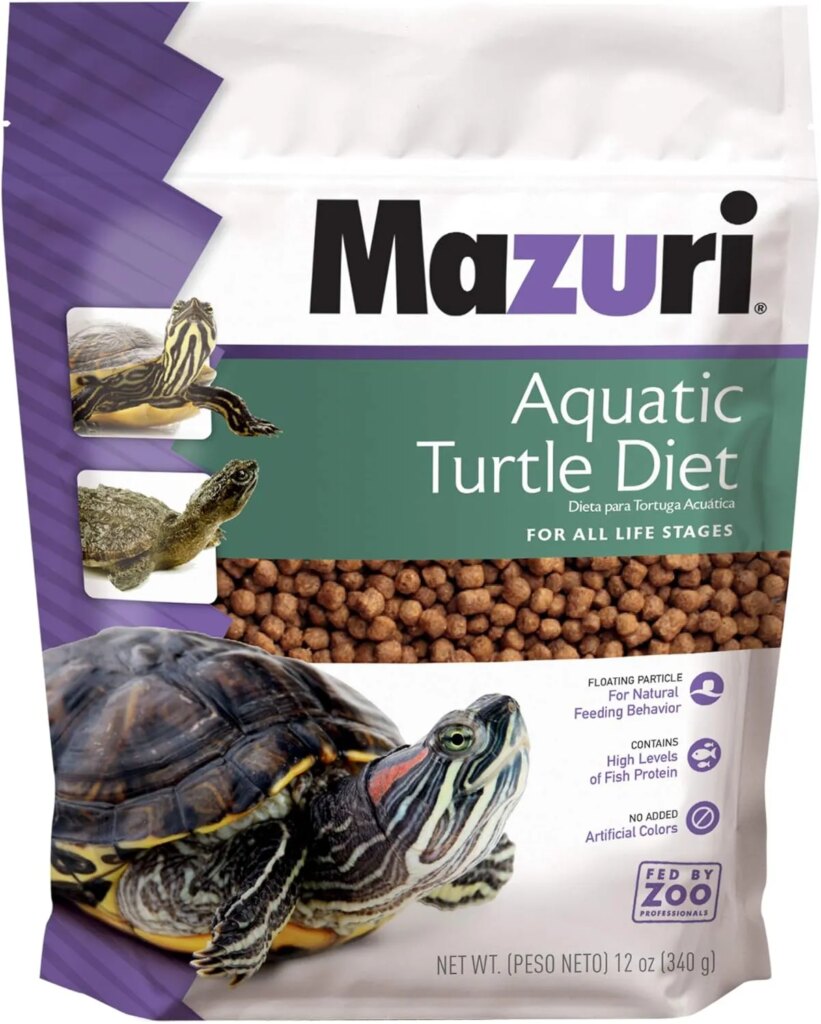
Found On Amazon
Feeding Frequency
A proper Yellow-Bellied Slider feeding schedule depends on your turtle’s age. Juveniles should be fed daily, while adults can be fed every 2–3 days with more plant-based foods than protein.
Overfeeding can lead to obesity and shell deformities, so make sure you control their meal portions.
Author’s Note: If you are struggling with a turtle that just won’t eat check out our post on the 8 Reasons Why Your Turtle Won’t Eat (Tips & Fixes) for causes and fixes.
Supplement Tips
To prevent shell deformities and ensure proper growth, add calcium and vitamin D3 supplements to their diet. Vitamin D3 helps to properly absorb calcium.
You can also add a multivitamin supplement once a week to support their overall health.
Breeding the Yellow-Bellied Slider: Reproduction Insights
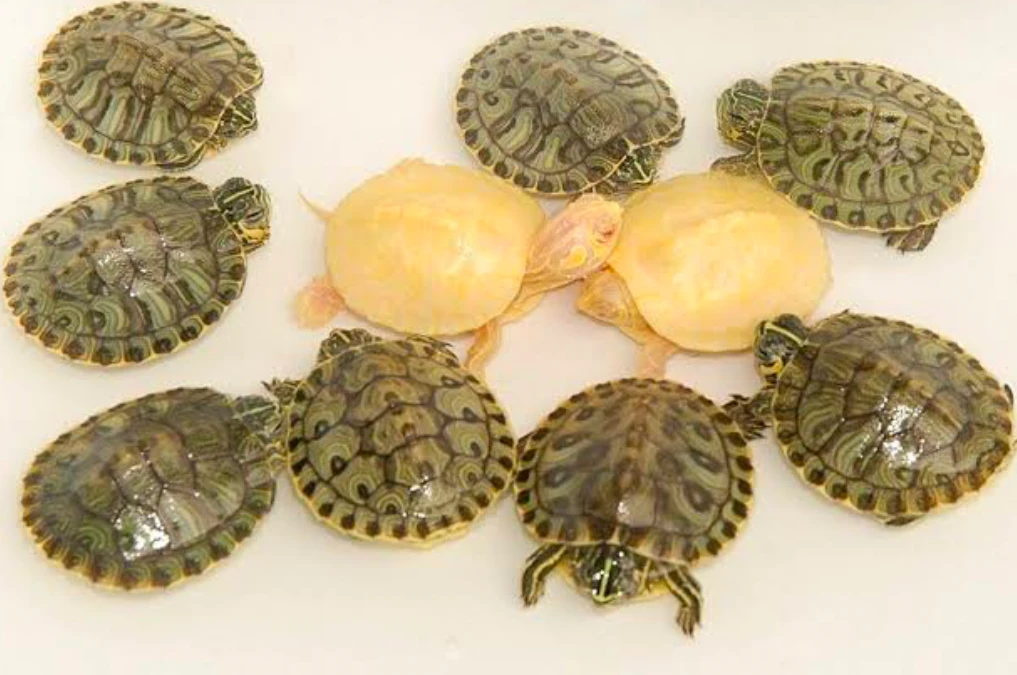
If you’re interested in Yellow-Bellied Slider breeding, you need to understand their reproductive behavior, nesting needs, and hatchling care. More on this up next.
Courtship Behavior
Male Yellow-Bellied Sliders court females through visual and tactile displays. They often flutter their front claws near the female’s face to gain attention. If the female is receptive, they’d mate in the water.
Egg Laying
For a successful Trachemys scripta egg incubation, you’d need a separate nesting box with soft, moist soil or sand. Make sure the box is at least 6-8 inches deep and at a temperature of 80–85°F.
Hatchling Care
Hatchling care tips for sliders include:
- Warm, shallow water: Around 78–80°F to encourage activity.
- Proper diet: Mostly protein (insects, small pellets).
- UVB exposure: helps bone and shell development.d
Identifying and Preventing Common Health Issues
If you already own or plan to own a Yellow-Bellied turtle, read this guide to learn about common turtle diseases and prevention.
Shell Problems
Your turtle may have Issues like pyramiding and shell rot. Pyramiding happens when there’s too much protein in your tank, and shell rot happens when there’s dirty water in the tank or your turtle is injured.
Respiratory Illness
Cold, dirty water and low basking temps can cause respiratory infections. Some of the symptoms are wheezing, swollen eyes, lethargy, and loss of appetite.
Keep water clean and warm to ensure a clean habitat to prevent Yellow-Bellied Slider health problems.
Parasites & Injuries
Watch out for unusual behavior, such as lethargy, excessive scratching, or floating sideways, and skin irritation, such as fungal infections, parasites, or injuries from sharp objects.
To avoid this, make sure the water quality is optimal and remove sharp objects that may harm your turtle.
Maintaining good turtle care and wellness tips helps prevent illnesses in Yellow-Bellied Sliders.
Lifespan & Long-Term Commitment of Yellow-Bellied Sliders
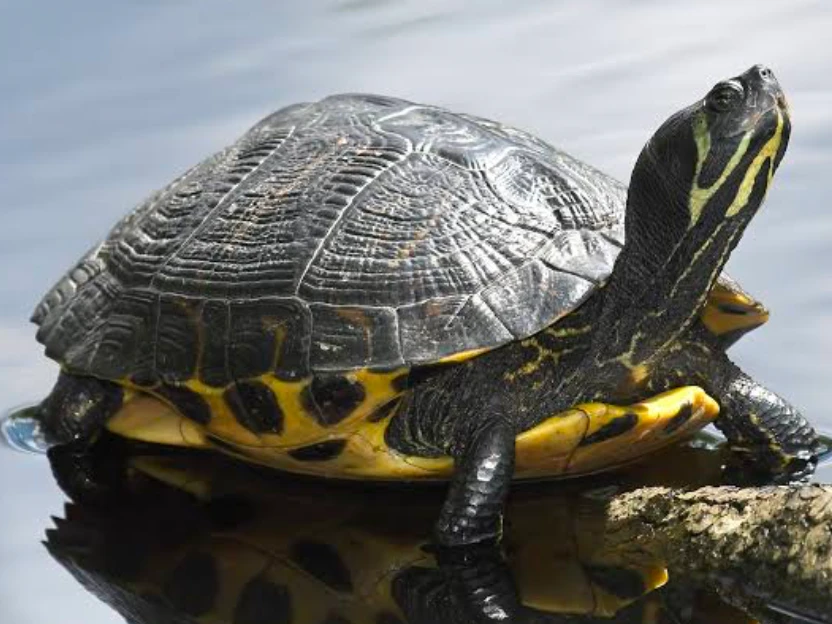
A Yellow-Bellied Slider lifespan can range from 20 to 40 years, and this is a serious long-term commitment.
Tank Upgrades
Caring for turtles long-term is a gradual process. As turtles grow, they need larger spaces. You can start with a 30-40 gallon tank for the juveniles and expand to 75-100+ gallons when they become adults.
Dietary Shifts
Over time, the Yellow-Bellied slider’s diet changes. The young eat more protein, while the adults require more plant-based foods.
To ensure balanced nutrition, it is important to monitor their dietary needs as they grow.
Routine Monitoring
Senior aquatic turtle tips include regularly monitoring shell conditions, weight and eating habits, behavior, and water quality. Regular vet check-ups can also help catch potential health issues early.
Conclusion
If you’re looking for a beginner-friendly aquatic turtle, you should get a Yellow-Bellied Slider. This turtle species has a lively personality and a striking appearance, which makes it a fascinating pet. Owning a Yellow-Bellied Slider requires proper care, a proper diet, and commitment.
Ready for long-term yellow-bellied slider turtle pet care? Follow the guidelines outlined in this post to make your turtle healthy, active, and happy. Be sure to leave us a comment below on how helpful this guide was on your journey!

